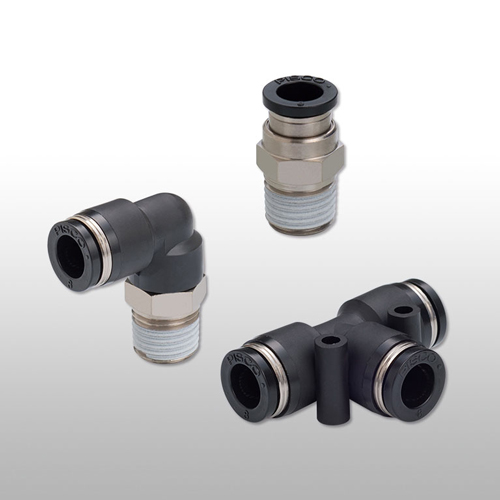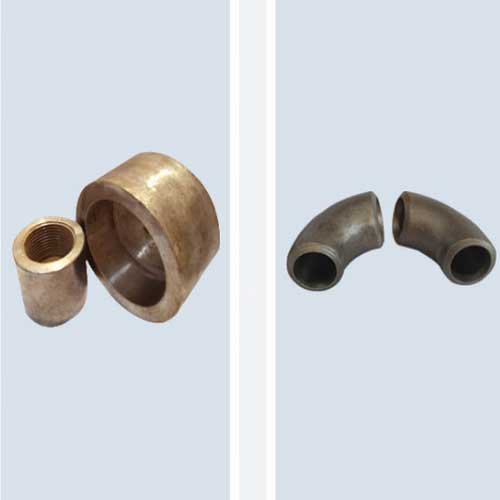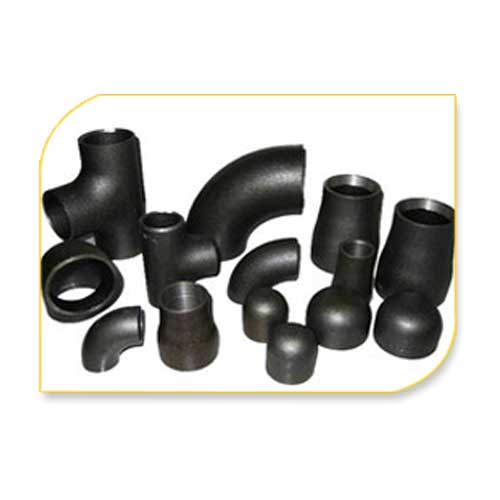Schedule a Call Back
Leak-free thermoplastic piping system
 Technical Articles
Technical Articles- May 01,17

Bharath Rao, Regional Director, McElroy Sales and Service India Pvt Ltd, elaborates the concept of butt fusion in piping systems.
A thermoplastic leak-free system is attributed to the way it is joined through the science of heat or butt fusion. The principle of heat fusion is to heat two pipe ends to a designated temperature and then fuse them together by application of force. This pressure causes flow of the melted materials, which causes mixing and thus fusion. When polyethylene pipe is heated, the molecular structure is transformed from a crystalline state into an amorphous condition. When the fusion pressure is applied, the molecules from each pipe end gets mixed. As the joint cools, the molecules return to their crystalline form, the original interfaces are gone and the two pipes have become one homogeneous pipe. This process results in the fusion joint becoming as strong as or stronger than the pipe itself.
The right machine
Choosing the right machine and cylinder force is crucial while fusing thermoplastic pipe. Machines are selected based on pipe size and wall thickness as well as the unique demands and situations of each jobsite. Whether the pipe is being fused in-ditch, above the ground or pulled underground, these are all factors to consider while selecting the machine that best suits the application.
While using high interfacial pressure, which is determined by the pipe manufacturer, the best choice is a high force fusion machine. When the fusion is at low interfacial pressures, such as 22 psi, the best choice is a low force fusion machine. In addition, there should be a reserve of force to overcome drag which is the force required to move the pipe once clamped in the machine.
Fusion machines are available for pipe as small as ½” CTS to as large as 2000 mm OD. They can be hand-held, manually operated machines for small-diameter pipe or much more muscled, hydraulically-powered machines that rest on gas-powered track systems for large-diameter pipe. There are also machines that have the ability to perform saddle fusion and smaller branch saddles, tapping tees and service saddle fittings.
Portability
Portability is a major factor while selecting a machine. From 2” to 20” pipe, for example, there are a variety of styles available that are designed to accommodate a jobsite’s particular demands. A manually-operated machine is suitable for many small-diameter pipe jobs from ½” to 6”. These are hand-operated machines weighing 3 to 50 pounds where pressures generated through hydraulic or gas power is not necessary. Hand and electric-pump machines offer a more powerful fusion unit in the most portable, compact and lightweight package for butt fusing pipe sizes from 2” to 14”. These machines are available in smaller, 2 or 4-jaw fusion units that are easily removed from their bases to maneuver in tight spaces and are useful in cases where only a few joints are needed to be fused. For pipes from 2” up to 20”, there are more rugged machines available in 3 or 4-jaw fusion units with separate hydraulic power units. They are also offered as a combination unit which is capable of fusing branch saddles.
These robust machines can fuse massive amounts of pipe in their lifetime. They are compact enough for in-ditch fusions and work well on service line tie-ins when connecting long lengths of fused pipe in manifolds, manholes and underground geothermal applications. These machines are also offered in models, where they are mounted on a rolling chassis or tracked machine, allowing greater mobility on the job so that jobsites can be set up more quickly and fusion cycle times are shortened. Rolling or wheeled machines are easy to maneuver around jobsites and can be easily towed from joint to joint. They can be electric or gas-powered and feature an onboard generator.
Track-mounted vehicles are self-contained and self-propelled, offering the operator freedom of movement on more rugged terrain and inclines up to 30 percent. The track-mounted machines feature an on-board generator and are available with a diesel motor which is compatible with other diesel-powered equipment commonly used on construction sites. The automated version guides the operator step-by-step through the fusion process. Whether a rolling or track machine, the fusion unit can be easily removed for in-ditch fusion. In tight installations, the outer fixed jaw and skid can be removed for an even more compact fusion unit.
The best accessories
A variety of productivity tools accompany the machines so that fusions can be completed as expeditiously as possible. Powered pipe-handling systems can hold a day’s worth of pipe at the jobsite. The series of adjustable racks, lifts and feeds the pipe into the fusion machine which increases productivity by 150 percent and reduces the need for extra manpower and heavy machinery.
Pipe stand holds the fused pipe level with the machine which helps maintain the alignment for ongoing fusion processes. Pipe rollers work well to pull long lengths of fused pipe and can be staged in one area. Installing coiled pipe is also performed more quickly with equipment designed to straighten and re-round an entire coil of pipe with a minimum of two fusion joints.
Data collection and storage
The advantage of choosing machines with hydraulic power, even for pipe as small as 2”, is the built-in data logging capability which keeps a record of each fusion joint so that joint integrity can be verified. This non-destructive method is especially important to contractors, pipeline owners and engineers as new regulations continue to emerge that require better record keeping and increased accountability for those creating and managing pipeline infrastructures.
A consistent routine of data collection can provide assurance that fusion joints are safe and sound before they go in the ground, potentially avoiding costly expenses to extricate and repair questionable joints.
Data logging tools are becoming more and more advanced in an effort to capture information in a variety of ways. GPS tagging targets fusion locations, built-in 5MP cameras capture fusion alignment, and barcode scanning is used to input data from pipe and fittings. Easy-to-interpret graphics record the key parameters of the pipe fusion process such as heat-cool times and fusion pressures which helps determine if the operator performed the fusion correctly.
There are also devices that will physically determine the ductile and tensile strength of fusion joints by destructively testing a fusion joint coupon. Laboratory testing along with side bend and tensile testing in the field can be used in the development of new materials, qualifying operators, quality assurance for existing materials or in fusion compatibility to determine lot uniformity, strength and fusibility of pipe and fittings.
Maintenance and Operator Training
In addition to machine selection, two other factors must be strongly considered for a successful fusion operation: maintenance of fusion equipment and well-trained operators. Both are achieved by taking advantage of on-the-job, hands-on and classroom training that is available which helps promote efficiency, productivity and safety. Equipment that is properly maintained can last for decades and not only saves the contractor time on the job but also insures that the proper fusion parameters are achievable.
Key parameters of the fusion process: Clamping the pipe; facing the pipe; heating the pipe; fusing the pipe; cooling the pipe; and inspecting the pipe. Thus, a properly trained operator is more productive and attentive to the step-by-step procedures recommended to make quality butt fusion joints. A qualified work crew will enhance the bottom line on any construction project.
Related Stories

Rewarding Manufacturing Resilience
Effective January 1, 2026, Mexico imposed import duties ranging from 5 per cent to 50 per cent on a broad set of goods from non-free trade agreement (FTA) countries, including India, China, South Ko..
Read more
Engineering India’s Next Phase of Growth with Responsibility: Amit Sharma
Amit Sharma, MD and CEO, Tata Consulting Engineers (TCE), outlines TCE's strategy to support India’s next phase of industrial growth through integrated engineering, nuclear and digital capabilitie..
Read more
EV transition and tariff wars redefine India’s auto components play
India’s auto component industry is poised to hit $ 145 billion by FY30 from $ 80 billion in FY25. Yet high US tariff, EV transition and heavy reliance on imports from China expose vulnerabilities,..
Read moreRelated Products

Tube Fitting Standard Series
IBK Engineers Pvt Ltd offers a wide range of tube fitting standard series.

Seamless Buttweld Fittings
EBY Fasteners offers a wide range of seamless buttweld
fittings.

Pipe Fitting
Matrix Tube & Fittings Pvt Ltd offers a wide range of
pipe fitting..












